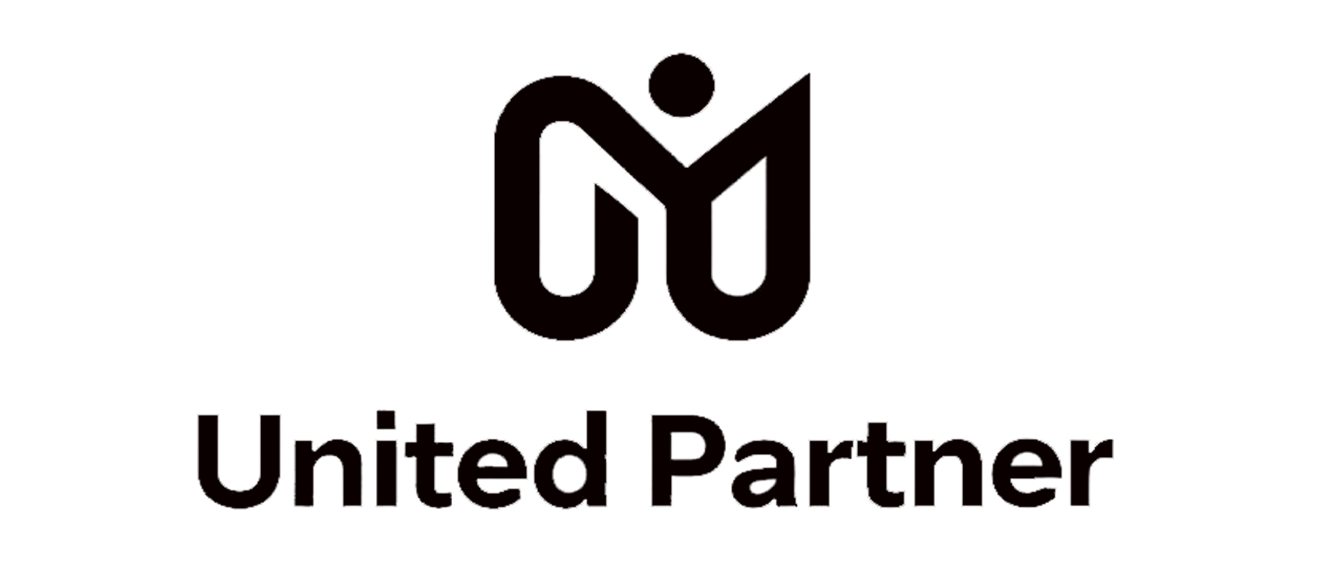The pet supplies industry has experienced rapid global growth in recent years, but its market share distribution varies significantly among different countries. This variation is influenced by factors such as economic development levels, population sizes, cultural attitudes towards pets, and consumer purchasing power. Analyzing the market share of each country can provide valuable insights into the global landscape of this dynamic industry.
North America: Dominating the Global Market
North America, especially the United States, holds a dominant position in the pet supplies market. In 2024, the global pet supplies market reached 1625.9 billion yuan, and North America accounted for over 40% of this figure. The U.S. alone contributes the lion's share within the region. With more than 70% of American households owning at least one pet, the domestic market is vast. High disposable incomes and a strong cultural inclination to treat pets as family members drive high spending on pet supplies. Premium pet food, advanced smart pet devices, and stylish pet accessories are in high demand. For example, companies like Chewy.com have thrived by offering a wide range of pet products online, catering to the diverse needs of American pet owners. This robust domestic market has also enabled U.S.-based pet supply companies to expand globally, further solidifying North America's market leadership.
Europe: A Significant and Sophisticated Market
Europe is another major player in the pet supplies industry, holding a substantial market share. European consumers tend to prioritize product quality, safety, and sustainability. The demand for eco-friendly pet products, such as biodegradable cat litter and organic pet food, is relatively high. The European Union's strict regulations, like those under the REACH (Registration, Evaluation, Authorization, and Restriction of Chemicals) system for chemical safety, shape the product standards in the region. Countries such as the United Kingdom, Germany, and France contribute significantly to Europe's market share. These countries have well-established pet supply retail chains and a strong presence of local and international pet product brands. The focus on pet well-being and the growing trend of humanizing pets have led to the development of a wide range of premium and specialized pet products, from designer pet clothing to high-tech pet health monitors.
Asia: A Rapidly Growing Market with Diverse Dynamics
China: The Rising Giant
China has emerged as a powerhouse in the Asian pet supplies market and is rapidly gaining global significance. In 2023, China's pet economy industry scale reached 5928 billion yuan, and it continues to grow at an impressive rate. Factors such as the increasing number of single-person households, rising disposable incomes among the middle class, and changing attitudes towards pets have fueled the growth of the pet supplies market. Chinese consumers are becoming more sophisticated, with a growing preference for high-quality and branded pet products. The e-commerce boom in China, led by platforms like Taobao and JD.com, has also facilitated the expansion of the pet supplies market, making products more accessible to consumers across the country. As Chinese pet owners become more health-conscious, the demand for premium pet food, pet healthcare products, and grooming supplies is expected to keep rising, further increasing China's market share in the global pet supplies industry.
Japan and South Korea: Mature and Specialized Markets
Japan and South Korea have relatively mature pet supplies markets in Asia. In Japan, the aging population and the trend of living alone have contributed to a high pet ownership rate. Japanese consumers are known for their attention to detail and high standards of quality, leading to a demand for specialized and stylish pet products. From luxury pet carriers to meticulously designed pet furniture, the Japanese market showcases a preference for unique and high-end items. South Korea, on the other hand, has seen a surge in pet ownership driven by changing lifestyles and the influence of K-pop culture, where pets are often featured prominently. Korean pet owners are interested in trendy pet products, such as fashionable pet clothing and innovative pet toys, which align with the country's vibrant fashion and entertainment industries. Both countries have well-developed domestic pet supply industries and also import a significant amount of pet products, contributing to their stable market shares in the global context.
Other Regions: Emerging Opportunities
Brazil
Brazil has the second-highest number of pet dogs and cats globally, making it a significant market in the Americas. Although its market share in the global pet supplies industry is currently smaller compared to the U.S. and European countries, it shows great potential for growth. The expanding middle class and increasing awareness of pet care are driving the demand for a wider range of pet supplies, from basic food and accessories to more advanced healthcare products. Multinational companies are starting to invest more in the Brazilian market, recognizing its growth prospects.
Australia
In the Oceania region, Australia has a relatively stable pet supplies market. With a high pet ownership rate and a strong focus on pet welfare, Australian consumers are willing to spend on quality pet products. The market is characterized by a demand for natural and organic pet food, as well as outdoor pet gear suitable for the country's unique climate and lifestyle. However, due to its relatively small population compared to major economies, Australia's global market share remains modest but stable.
In conclusion, the pet supplies industry's market share distribution among countries reflects a complex interplay of economic, cultural, and social factors. North America and Europe currently hold the largest shares, but Asia, especially China, is rapidly catching up. Meanwhile, emerging markets like Brazil present new opportunities for growth. Understanding these market dynamics is crucial for pet supply companies aiming to expand globally and for investors looking to capitalize on the industry's growth potential.
